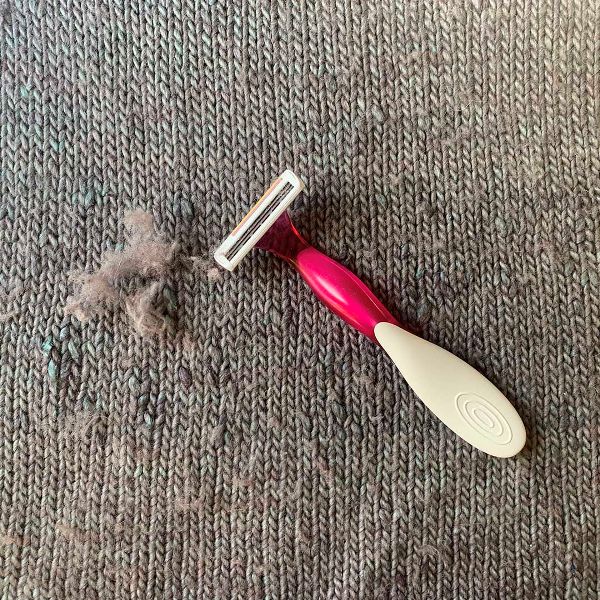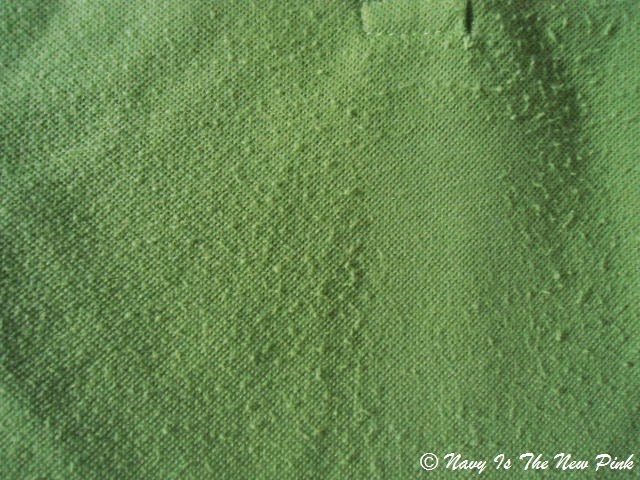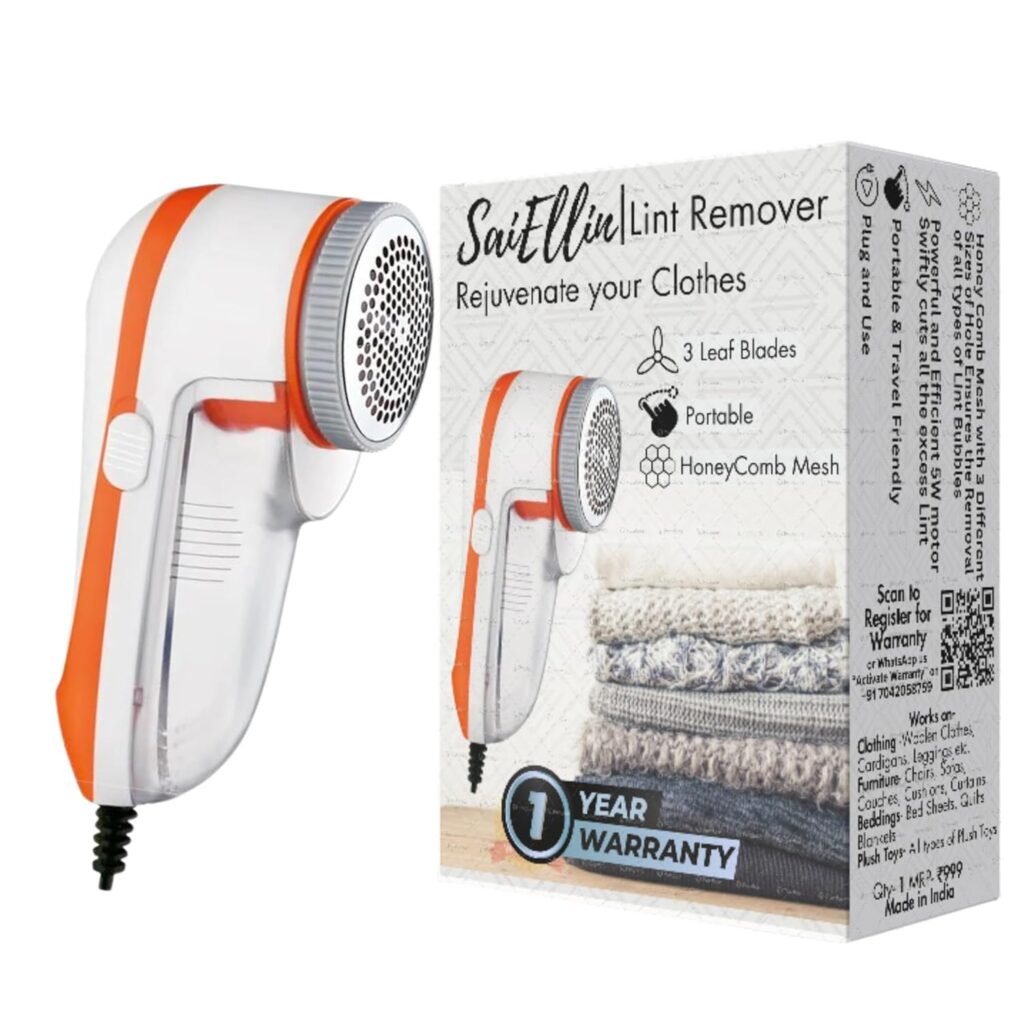1. Introduction
Lint remover, the unsung hero in fabric care. It’s time to delve into the intricacies of lint—the tiny fibers that cling to our clothes. This seemingly harmless accumulation, post-wash, not only affects the aesthetic but also influences the longevity of our garments. Discover why lint-free fabrics matter and how these specialized tools ensure our clothes stay pristine. Whether manual brushes, rollers, or electric wonders, let’s explore the world of lint removal together.
2. Understanding Lint
Let’s break down lint into bite-sized info. It’s those tiny fibers or particles that break free from fabrics during wear and washing. Friction and abrasion, especially in high-friction spots like cuffs and collars, are the main culprits. The washing and drying process adds to the mix, subjecting textiles to mechanical stress and various chemicals.
But why does lint matter? For starters, it messes with the look of our clothes, making them appear less polished. It’s a headache, especially with dark fabrics. But it’s not just about looks—lint can trigger allergies, harboring dust and allergens. And here’s the kicker: lint build-up weakens the fabric structure, leading to premature wear and tear. Yikes!
In the upcoming sections, we’ll tackle the nitty-gritty of lint removal, from types of lint removers to effective methods to tackle these challenges head-on.
In the upcoming sections, we’ll tackle the nitty-gritty of lint removal, from types of lint removers to effective methods to tackle these challenges head-on.
3. Types of Lint Removers
Get ready to explore the arsenal of tools designed to combat lint. There are manual options like brushes and rollers, and then there are the electric powerhouses. Let’s break it down:
a. Manual Lint Removers (Brushes, Rollers)
These are the classic tools for lint battles. Brushes with soft bristles sweep away loose fibers, while rollers with adhesive surfaces lift lint from fabrics. They’re hands-on, letting you target specific areas and control how much lint you want gone. Bonus: they’re gentle on delicate fabrics.

b. Electric Lint Removers
Meet the tech-savvy solution to lint troubles. Electric lint removers use rotating blades or screens to swiftly cut or lift off lint. They’re efficient and cover larger areas quickly, with adjustable settings for different fabrics. Perfect for heavy lint situations or when you’re short on time.
d. Comparison of Different Types - Pros and Cons
- Manual Lint Removers:
- Pros: Gentle on delicate fabrics, portable, no need for a power source.
- Cons: Can be time-consuming for large areas, may require more effort.
- Electric Lint Removers:
- Pros: Efficient for large areas, adjustable settings for various fabrics, time-saving.
- Cons: Requires a power source, may not be suitable for very delicate fabrics.
Choosing between manual and electric? Consider your fabric type, lint accumulation, and personal preferences. Manuals offer precision and gentleness, while electrics prioritize efficiency and speed.
In the next sections, we’ll dive into the benefits of using lint removers and guide you on picking the right tool for different scenarios. Stay tuned for the power-packed fabric care insights!
4. Unlocking the Benefits of Using a Lint Remover
When it comes to fabric care, a lint remover is your secret weapon, offering a spectrum of advantages that go beyond mere aesthetic concerns.
a. Prolongs the Life of Clothing
Using a lint remover is like giving your clothes a VIP treatment for longevity. Lint, when left unattended, can be a silent troublemaker, contributing to the deterioration of fabric. The entanglement of fibers weakens the fabric structure, making it susceptible to tears and abrasions. By regularly removing lint, especially from high-friction areas, you’re essentially safeguarding your garments against premature wear and enhancing the overall durability of your wardrobe.
b. Improves the Appearance of Fabrics
Say goodbye to dull and unkempt fabrics with the diligent use of a lint remover. Accumulated lint not only dulls the vibrancy of colors but also creates an unprofessional appearance. Whether you opt for a manual or electric lint remover, you’re restoring the original luster of your fabrics, revitalizing their visual appeal. This restoration of freshness and cleanliness contributes to a polished and well-maintained wardrobe, reflecting positively on your personal style.
c. Reduces the Risk of Allergies Caused by Lint
Beyond aesthetics, lint removal takes on a crucial role in minimizing health risks associated with allergies. Lint particles can be sneaky carriers of dust, pet dander, and other allergens, triggering adverse reactions in sensitive individuals. By making lint removal a regular practice, especially from bedding and clothing in close contact with the skin, you significantly reduce the risk of allergic responses. This is particularly crucial for those with respiratory conditions or skin sensitivities, highlighting the holistic benefits of incorporating lint removers into your fabric care routine.
In essence, using lint removers strategically goes beyond enhancing aesthetics; it becomes a proactive measure in preserving clothing longevity, elevating visual appeal, and fostering a healthier living environment by minimizing allergy triggers. The upcoming sections will delve into practical considerations, guiding you on selecting the right lint remover and sharing effective lint removal
When it comes to fabric care, a lint remover is your secret weapon, offering a spectrum of advantages that go beyond mere aesthetic concerns.
5. How to Choose the Right Lint Remover
Elevate your lint removal game with these tips to ensure efficient and safe practices. In the following sections, we’ll explore DIY lint removal methods and real-life experiences, providing a comprehensive guide to conquering lint-related challenges effectively.
Choosing the right lint remover involves thoughtful consideration of various factors, from fabric types to budget constraints. Let’s break it down:
a. Consideration of Fabric Types
Different fabrics have unique needs. For delicate fabrics like silk or cashmere, opt for gentle manual lint removers with soft bristles or rollers. If you’re dealing with robust fabrics like denim, electric lint removers with adjustable settings can handle heavier lint accumulation. Always check the manufacturer’s recommendations to ensure optimal results without risking damage.
b. Budget-Friendly Options
Lint removers come in various price ranges. Find a tool that aligns with your budget without compromising effectiveness. Manual options like brushes or adhesive rollers are often budget-friendly and practical for everyday use. Electric lint removers, though slightly pricier, can be considered an investment for frequent or heavy lint issues. Consider the long-term benefits and durability in relation to your budget.
c. Reviews and Recommendations
Before making a purchase, tap into the insights of others who’ve used the lint remover you’re eyeing. User reviews and recommendations offer valuable information about performance, durability, and ease of use. Online platforms, retail websites, and social media are excellent sources for user feedback. Look for patterns in reviews and consider overall user satisfaction to make an informed decision.
In summary, the right lint remover aligns with your fabrics, fits your budget, and has positive reviews. By carefully weighing these factors, you can confidently choose a lint remover that meets your needs, ensuring effective lint removal without unnecessary complications. The upcoming sections will explore DIY lint removal methods and real-life experiences, offering a holistic guide to conquering lint-related challenges.
6. Mastering Lint Removal: Tips and Techniques
a. Proper Technique for Manual Lint Remover
Brushes and Rollers: Treat your manual lint removers with finesse. Light, sweeping motions for brushes and consistent, moderate pressure for rollers are the key. Follow the fabric weave direction to lift loose fibers without causing stress. High-traffic areas should be your focus, and when dealing with delicate fabrics, handle with care to avoid potential damage.
b. Maintenance Tips for Electric Lint Remover
Electric Removers: Efficiency comes with maintenance. After each use, check the lint trap or collection compartment, clean blades or screens to prevent buildup, and inspect cutting mechanisms for wear or damage. Power off and unplug during maintenance for safety. These practices ensure the longevity and efficiency of your electric lint remover.
c. Common Mistakes to Avoid
Be Wary of:
- Excessive Pressure: Don’t force it; delicate fabrics won’t appreciate it.
- Neglecting Maintenance: Show some love to your electric lint remover; regular maintenance is the key.
- Wrong Tool Choice: Match the lint remover to the fabric type for optimal results.
7. DIY Methods for Lint Remover: Sustainable, Effective, and Eco-Friendly"
For those who prefer sustainable and cost-effective solutions, do-it-yourself (DIY) methods using common household items are the way to go.
a. Using Household Items for Lint Removal
- Packing Tape or Masking Tape: Wrap tape around your hand, sticky side out, and gently press on the fabric to lift away lint.
- Velcro or Hook-and-Loop Fasteners: Attach to a handheld surface, press onto lint-covered fabric, and let the hooks do the lifting.
- Dryer Sheets: Repurpose used dryer sheets to rub away lint and prevent future buildup.
b. Eco-Friendly Alternatives
- Natural Sponges: Dampen and gently wipe away lint from fabric surfaces, capturing fibers with moisture.
- Reusable Fabric Lint Removers: Craft reusable lint removers by wrapping fabric around a sponge or cotton ball, creating a tool for lifting lint.
- DIY Lint Roller: Wrap double-sided tape around a cylindrical object for an eco-friendly lint roller that captures fibers.
8. Frequently Asked Questions (FAQs)
a. Common Queries Related to Lint Remover
- Q: Can lint removers be used on all types of fabrics?
- A: While many lint removers are versatile, consider the fabric type. Delicate fabrics may need gentler manual lint removers, while sturdier materials can handle electric options. Always check manufacturer guidelines for compatibility.
- Q: How often should I use a lint remover on my clothes?
- A: The frequency depends on factors like fabric type, wear, and washing habits. Regularly check for lint accumulation, especially in high-friction areas, and use a lint remover as needed to maintain the appearance and longevity of your clothing.
- Q: Are there eco-friendly lint remover options available?
- A: Yes, several eco-friendly alternatives, such as reusable fabric lint removers or DIY solutions using household items, offer effective and sustainable options for lint removal.
b. Detailed Answers and Solutions
- Q: My electric lint remover is not working as well as it used to. What could be the issue?
- A: Check the lint trap or collection compartment for buildup and clean it. Ensure the blades or screens are not damaged or worn out. Regular maintenance, including cleaning and blade inspection, can restore the device’s effectiveness.
- Q: Can I use a lint roller on furniture upholstery?
- A: Yes, lint rollers are versatile and can be used on furniture upholstery. Roll gently in one direction to lift away lint. For stubborn lint, consider using masking or packing tape as a DIY alternative.
- Q: Is it safe to use an electric lint remover on delicate fabrics like silk?
- A: Electric lint removers with adjustable settings can be safe for delicate fabrics when used on the lowest setting. However, always test in an inconspicuous area first and follow manufacturer recommendations to prevent any potential damage.
9. Conclusion: Lint remover
In conclusion, the journey through the intricacies of lint removal has unveiled its profound impact on the longevity and aesthetics of our clothing. The humble lint, often overlooked, can be a formidable adversary to the impeccable appearance and durability of our favorite garments.


